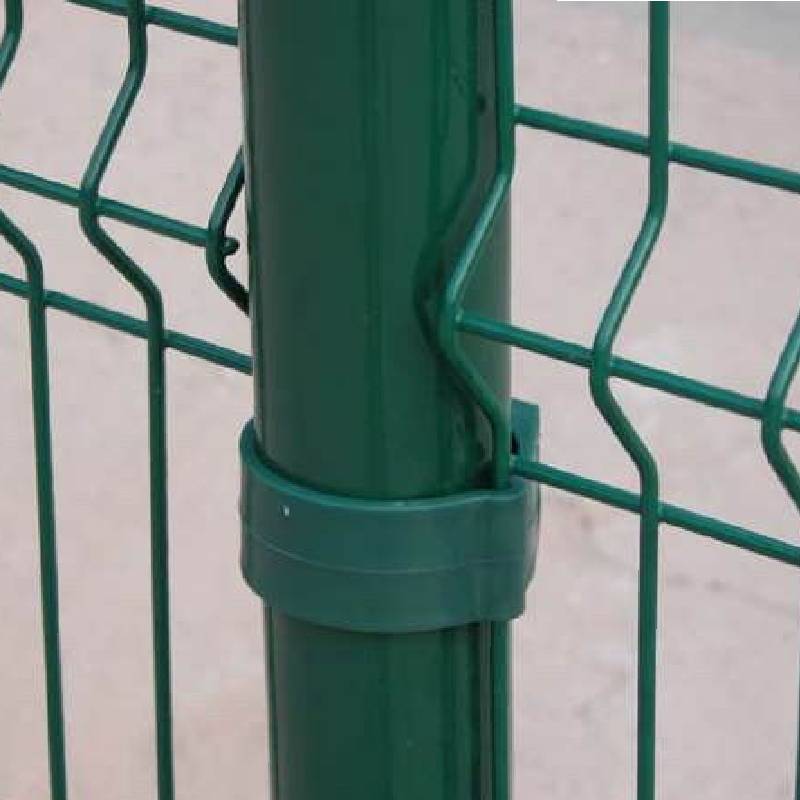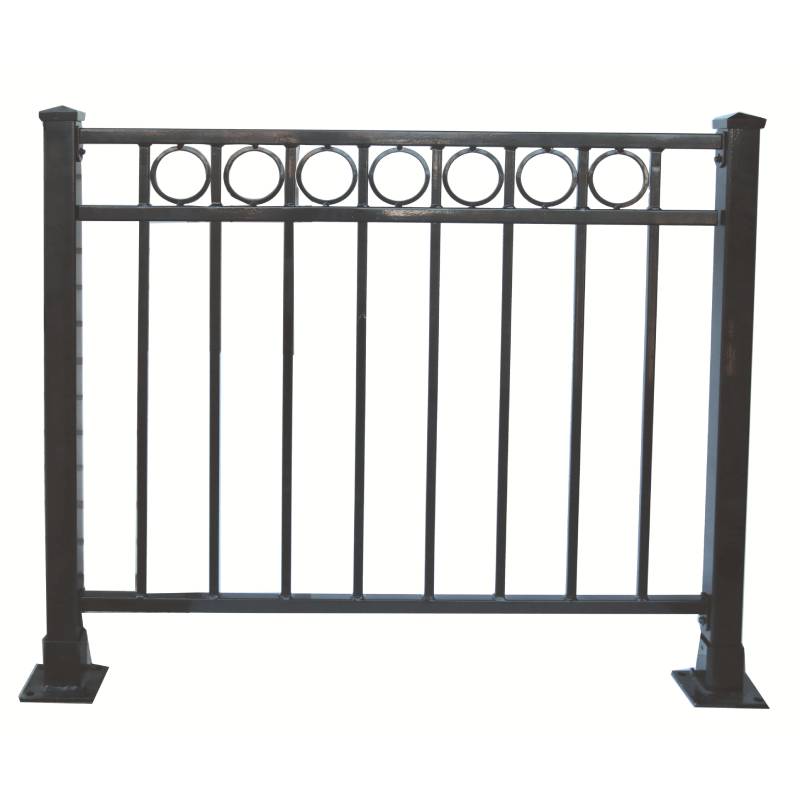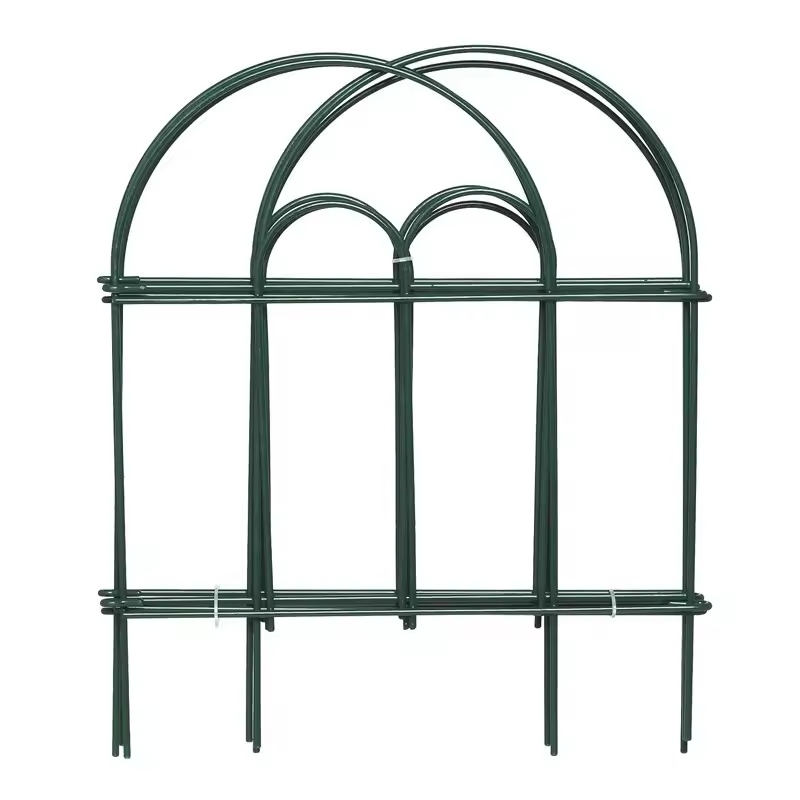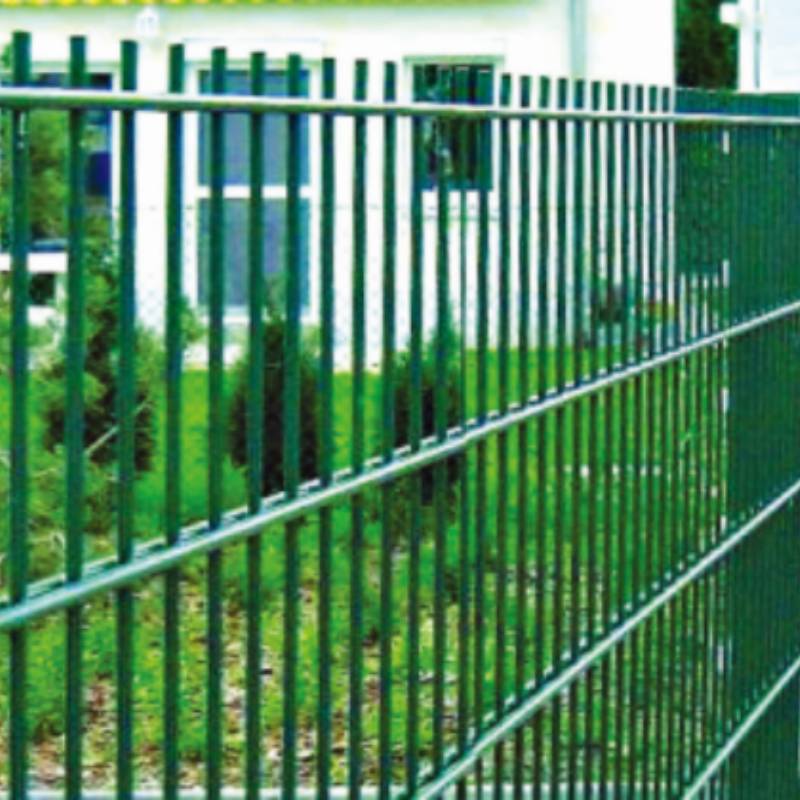-
Imelo:zhao@hyliec.cn
-
Tel:+86 311 85273988
-
WhatsApp:8613931128750
-
 Afirika
Afirika -
 Chialubaniya
Chialubaniya -
 Chiamharic
Chiamharic -
 Chiarabu
Chiarabu -
 Chiameniya
Chiameniya -
 Chiazerbaijani
Chiazerbaijani -
 Basque
Basque -
 Chibelarusi
Chibelarusi -
 Chibengali
Chibengali -
 Chibosnia
Chibosnia -
 Chibugariya
Chibugariya -
 Chikatalani
Chikatalani -
 Cebuano
Cebuano -
 Chikosikani
Chikosikani -
 Chikroatia
Chikroatia -
 Chicheki
Chicheki -
 Chidanishi
Chidanishi -
 Chidatchi
Chidatchi -
 Chingerezi
Chingerezi -
 Chiesperanto
Chiesperanto -
 Chiestonia
Chiestonia -
 Chifinishi
Chifinishi -
 Chifalansa
Chifalansa -
 Chifrisian
Chifrisian -
 Chigalikiya
Chigalikiya -
 Chijojiya
Chijojiya -
 Chijeremani
Chijeremani -
 Chigriki
Chigriki -
 Gujarati
Gujarati -
 Chikiliyo cha ku Haiti
Chikiliyo cha ku Haiti -
 hausa
hausa -
 Hawaii
Hawaii -
 Chiheberi
Chiheberi -
 Ayi
Ayi -
 Miao
Miao -
 Chihangare
Chihangare -
 Chi Icelandic
Chi Icelandic -
 igbo
igbo -
 Chi Indonesian
Chi Indonesian -
 ayi
ayi -
 Chitaliyana
Chitaliyana -
 Chijapani
Chijapani -
 Chijavani
Chijavani -
 Kanada
Kanada -
 kazakh
kazakh -
 Khmer
Khmer -
 Rwanda
Rwanda -
 Chikorea
Chikorea -
 Chikurdi
Chikurdi -
 Kyrgyz
Kyrgyz -
 TB
TB -
 Chilatini
Chilatini -
 Chilativiya
Chilativiya -
 Chilithuania
Chilithuania -
 ChiLuxembourgish
ChiLuxembourgish -
 Chimakedoniya
Chimakedoniya -
 Malgashi
Malgashi -
 Chimalayi
Chimalayi -
 Malayalam
Malayalam -
 Chimalta
Chimalta -
 Chimaori
Chimaori -
 Chimarathi
Chimarathi -
 Chimongoliya
Chimongoliya -
 Myanmar
Myanmar -
 Chinepali
Chinepali -
 Chinorwe
Chinorwe -
 Chinorwe
Chinorwe -
 Occitan
Occitan -
 Pashto
Pashto -
 Chiperisi
Chiperisi -
 Chipolishi
Chipolishi -
 Chipwitikizi
Chipwitikizi -
 Chipunjabi
Chipunjabi -
 Chiromania
Chiromania -
 Chirasha
Chirasha -
 Chisamoa
Chisamoa -
 Scottish Gaelic
Scottish Gaelic -
 Chisebiya
Chisebiya -
 Chingerezi
Chingerezi -
 Chishona
Chishona -
 Sindi
Sindi -
 Sinhala
Sinhala -
 Chisilovaki
Chisilovaki -
 Chisiloveniya
Chisiloveniya -
 Somalia
Somalia -
 Chisipanishi
Chisipanishi -
 Chisundanese
Chisundanese -
 Swahili
Swahili -
 Chiswidishi
Chiswidishi -
 Chitagalogi
Chitagalogi -
 Tajiki
Tajiki -
 Tamil
Tamil -
 Chitata
Chitata -
 Telugu
Telugu -
 Thai
Thai -
 Turkey
Turkey -
 Turkmen
Turkmen -
 Chiyukireniya
Chiyukireniya -
 Chiurdu
Chiurdu -
 Uighur
Uighur -
 Chiuzbeki
Chiuzbeki -
 Vietnamese
Vietnamese -
 Welsh
Welsh -
 Thandizeni
Thandizeni -
 Chiyidi
Chiyidi -
 Chiyoruba
Chiyoruba -
 Chizulu
Chizulu
Mpanda wa Panel
Wholesale Metal Fence Panels ?
Wholesale metal fence panels are a popular choice for those looking for durable and secure fencing solutions. These panels are often made steel materials providing a
strong and long-lasting option for garden fencing. They are available in various designs and sizes, making them suitable for a wide range of applications. Wholesale options offer cost-effective solutions for purchasing metal fence panels in bulk, making them ideal for contractors, landscapers, and property developers looking to install fencing on a larger scale.
Is It Cheaper To Buy Fence Panels Or Build Them?
The cost of buying fence panels versus building them can vary depending on several factors. In general, buying pre-made fence panels can be cheaper and more time-efficient than building them from scratch. Pre-made panels are mass-produced, which often makes them more cost-effective due to economies of scale. Additionally, purchasing fence panels can save on labor costs, as they are typically easier and quicker to install compared to building a fence from individual components. However, building a fence from raw materials allows for more customization and control over the design, which may be a priority for some individuals. It's important to consider the specific requirements, budget, and time constraints when deciding whether to buy or build fence panels.
How To Install A Panel Fence?
To install a panel fence involves several steps:
1. Measure and plan: Determine the length of the fence and calculate the number of panels needed. Plan the layout and ensure the fence posts are installed at the appropriate intervals to accommodate the panels.
2. Install the posts: Dig holes for the fence posts, ensuring they are deep enough to provide stability. Set the posts in concrete and allow them to cure before attaching the panels.
3. Attach the panels: Once the posts are set, attach the panels to the posts using appropriate fasteners such as screws or nails. Ensure the panels are level and properly aligned.
4. Add finishing touches: Depending on the type of panels used, additional finishing touches such as capping, trim, or paint may be required to enhance the appearance and durability of the fence.
5. Maintenance: Regular maintenance, such as cleaning and sealing, may be necessary to ensure the longevity of the fence panels.
It's important to follow the manufacturer's instructions and local building codes when paneling a fence to ensure proper installation and compliance with regulations. If in doubt, it's advisable to consult with a professional or seek guidance from experienced individuals.








